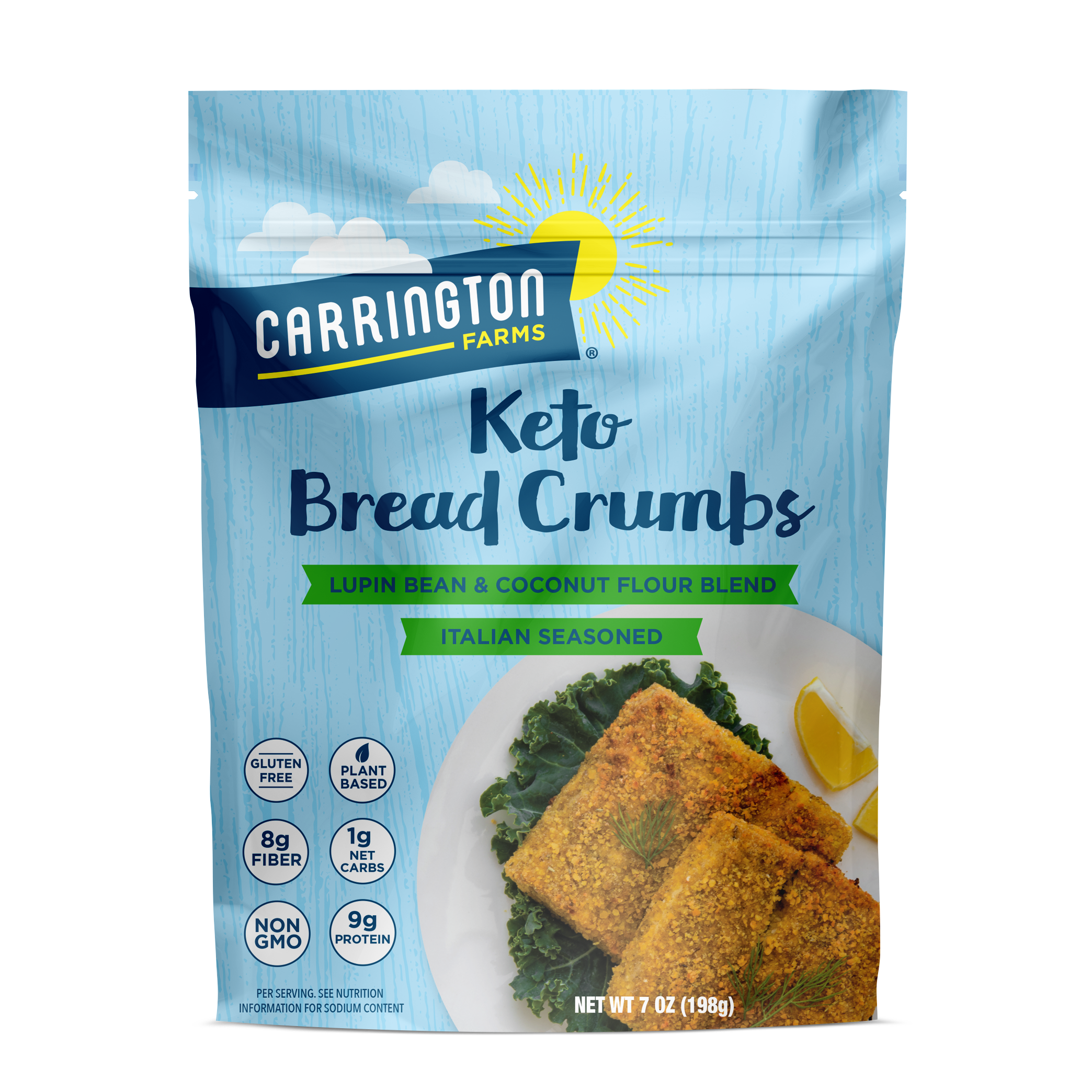Apply Now
Essential Guide to Succeed on a No Sugar Diet in 2025
Embarking on a no sugar diet in 2025 can seem daunting, but it offers numerous health benefits that make the journey worthwhile. As people become increasingly aware of the impacts of added sugars on health, adopting sugar-free eating habits helps individuals maintain a healthier lifestyle and achieve weight loss goals. This article will explore various aspects of a no sugar diet, including sugar substitutes, meal prep strategies, and practical tips to make clean eating easier and more enjoyable.
Understanding sugar intake is crucial for anyone looking to lower their sugar levels. Sugars can sneak into our diets through processed foods, drinks, and even seemingly healthy options. By choosing sugar-free foods and engaging in mindful eating, you can significantly reduce sugar cravings and enhance your overall health.
The following sections will illustrate effective methods to thrive on a no sugar diet, present sugar alternatives for cooking and baking, and share insightful meal planning tips. Each segment aims to empower you with knowledge that can transform your dietary choices, leading to improved well-being.
Examples of what you'll learn include:
- Key components of a successful no sugar meal plan.
- Nutrient-dense sugar-free snacks to keep you energized.
- The impact of sugar alternatives and natural sweeteners on health.
Through this guide, discover how to navigate a low sugar lifestyle successfully, enabling you to make healthy decisions that support both your body and mind.
Choosing the Best Sugar-Free Foods for Your Diet
Building your no sugar diet requires knowledge about the foods to incorporate for optimal nutrition. Essential components like sugar-free fruits, vegetables, and whole foods will help you maintain a balanced diet. This section will delve into the types of foods you should favor when crafting your meals and snacks.
Exploring Sugar-Free Fruits
Fruits can still fit into your no sugar diet if you focus on natural, sugar-free options. Berries, such as blackberries and strawberries, are low in sugar content and rich in nutrients, making them excellent choices. They are also high in antioxidants, which can help reduce oxidative stress.
Including fruits like avocados, which are also sugar-free and high in healthy fats, can contribute to a well-rounded diet. Aim to incorporate these fruits not just for their taste but also for their health benefits, as they can enhance your meal options with color, flavor, and essential nutrients.
Best Sugar-Free Vegetables
Vegetables should become a staple in your no sugar diet. Fresh greens like spinach, kale, and Brussels sprouts are low in sugar and high in fiber, providing essential nutrients without the extra calories. These choices can be great for salads, smoothies, or cooked dishes.
Consider incorporating root vegetables like radishes and turnips, which add texture and flavor. These sugar-free vegetables can be prepared in various ways, bringing variety to your meals while keeping sugar content at bay.
Whole Foods for Clean Eating
Transitioning to a sugar-free diet aligns closely with adopting a whole foods approach. Focus on buying fresh ingredients rather than processed ones, as these often contain hidden sugars. Whole grain foods, legumes, nuts, and seeds are excellent sources of protein, healthy fats, and carbohydrates while being sugar-free.
Meal prepping with whole foods is a great way to stay organized and committed to your no sugar diet. By preparing nutritious meals in advance, you can avoid reaching for processed snacks and meals that contain added sugars.
Implementing Sugar Substitutes and Natural Sweeteners
Understanding and utilizing sugar substitutes can provide you with the satisfaction of sweetness without compromising your health. This section will help you identify which alternatives work best for your cooking and baking needs.
Identifying Sugar Substitutes for Cooking
When preparing meals, sugar substitutes like stevia, monk fruit, and erythritol can be beneficial. These natural sweeteners offer the sweetness of sugar with significantly fewer calories and carbohydrates. Incorporating them into your cooking can help you maintain your sugar-free lifestyle while enjoying your favorite flavors.
Experiment with various sugar replacements when baking. Each type has its characteristics and may vary in sweetness levels. Be sure to adjust the quantities accordingly to achieve desired taste and texture.
Natural Sweeteners for a Healthy Snack
Natural sweeteners can also enhance snacks and desserts without the added sugar. Consider using unsweetened applesauce or mashed bananas in recipes for cookies or energy bars. These wholesome alternatives not only provide sweetness but also carry additional nutrients and fiber, supporting your no sugar diet.
When creating snack ideas, try combining natural sweeteners with peanut or almond butter, leading to delicious, energy-boosting treats that hit the spot without causing sugar spikes.
Creating Sugar-Free Desserts
Desserts are often a challenge when undergoing a no sugar diet; however, with creativity and the right ingredients, you can still satisfy your sweet cravings. Emphasizing ingredients like cacao powder and natural sweeteners will allow you to indulge in treats while staying within your dietary guidelines.
Recipes such as chia pudding, using unsweetened almond milk and topped with fresh berries, can satisfy your dessert needs. Many delicious sugar-free dessert alternatives exist, giving you plenty of options to choose from.
Meal Prep and Planning for a Low Sugar Lifestyle
Effectively managing your meals is crucial for success on a no sugar diet. Meal prep allows you to plan your meals thoughtfully, eliminating the temptation of turning to added sugars in haste. This section will provide tips and strategies to streamline your meal preparation process.
Building a No Sugar Meal Plan
Begin by creating a comprehensive meal plan outlining your week. Incorporate low sugar recipes that appeal to you, focusing on nutritious meals that avoid processed ingredients. A well-structured meal plan helps maintain consistency and reduces the likelihood of impulsively choosing sugary snacks.
Ensure your plan encompasses breakfast, lunch, dinner, and snacks. This holistic approach ensures that you remain fueled throughout the day, thus promoting better energy levels and reducing sugar cravings.
Meal Ideas Without Sugar
When planning your meals, consider nutritious ingredients that adhere to your no sugar diet. For instance, a sugar-free breakfast could include scrambled eggs with spinach and avocado, while a lunch option might consist of a fresh salad topped with grilled chicken.
Explore options for low-calorie meals that are flavorful and satisfying. Incorporate whole grains and lean proteins that keep you full longer, further diminishing the desire for sugary snacks.
Tracking Sugar Intake and Adjustments
Keeping tabs on your sugar intake will help you stay accountable. Utilize apps or journals to record what you consume daily. Doing so enables you to spot patterns in your eating habits and adjust as necessary.
By being mindful of your sugar intake, you can better understand how certain foods impact your cravings and overall health. This awareness fosters a more intentional relationship with food, contributing to long-term lifestyle changes.
FAQs About Adopting a No Sugar Diet
What are the health benefits of a no sugar diet?
A no sugar diet can lead to various health benefits, including weight loss, improved energy levels, better mood stability, and reduced risk of chronic diseases. By opting for sugar-free foods, you help your body function optimally and reduce the risk associated with excessive sugar consumption.
How can I manage sugar cravings during my diet?
Managing sugar cravings can be achieved through mindful eating practices and incorporating satiating, nutrient-dense foods. Snacking smart with protein-rich snacks and using sugar substitutes can minimize cravings throughout the day.
What are some healthy meal options for a no sugar diet?
Healthy meal options include lean proteins, whole grains, and a variety of sugar-free fruits and vegetables. Consider preparing low-carb meals with healthy fats and nutrient-dense ingredients.
Transitioning to a Sugar-Free Lifestyle
As you embark on your journey to a no sugar diet, it's essential to remain committed. A gradual transition can ease the process and help you adjust to new eating habits. Understanding food labels and prioritizing whole foods will empower you to make better choices and enjoy the benefits of clean eating.
To succeed in maintaining a low sugar lifestyle, monitor your nutrition, experiment with recipes, and approach your dietary journey with an open mind. By incorporating tips from this guide, you can not only achieve your dietary goals but also enhance your overall health and well-being.




